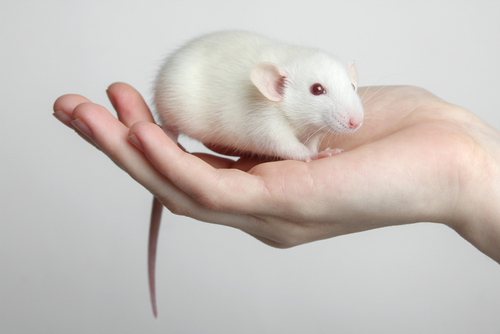New Mouse Model Targets Parkinson’s Disease Mechanisms, New Therapies

Researchers have generated a new mouse model that can be used for in-depth studies of disease mechanisms and new therapeutic possibilities for Parkinson’s disease.
Although the function of the protein α-synuclein is unknown, its accumulation in clumps known as Lewy bodies, hallmarks of Parkinson’s disease, suggests this protein plays a role in the pathology of neurodegeneration.
Mutations in GBA1, the gene coding for the enzyme lysosomal glucocerebrosidase 1 (GBA1), have been suggested to play a role in Parkinson’s pathology by enhancing the accumulation of α-synuclein and, consequently, the amount of Lewy bodies. This so-called GBA1-associated Parkinsonism is characterized by an early onset and more severe symptoms of the disease.
The study, “D409H GBA1 mutation accelerates the progression of pathology in A53T α-synuclein transgenic mouse model“, published the journal Acta Neuropathologica Communications, investigated the link between GBA1 mutations and Parkinson’s disease.
By crossing mice that had a GBA1 mutation (known as the D409H mutation) with mice commonly used as models for Parkinson’s disease, researchers created mice with elevated levels of α-synuclein, suggesting that GBA1 plays a role in controlling levels of this protein.
These mice also had a shortened life-span and an earlier onset of neurological disease phenotypes, suggesting that GBA1 plays a role in the pathology of Parkinson’s disease. In fact, in depth-analysis revealed that the GBA1 mutation led to loss of dopaminergic neurons, exacerbated neuroinflammation and endoplasmic reticulum stress, a cellular process that reflects α-synuclein aggregation.
According to researchers these results “indicate that GBA1 deficiency due to D409H GBA1 mutation that contributes to α-synuclein accumulation, exacerbates neuronal vulnerability in neurodegenerative processes.”
This model can be used as a tool to study “the possible mechanisms underlying neurodegeneration due to GBA1 mutations and to test the efficacy of potential treatment against GBA1-associated PD and Dementia with Lewy bodies (DLB),” the researchers stated.






